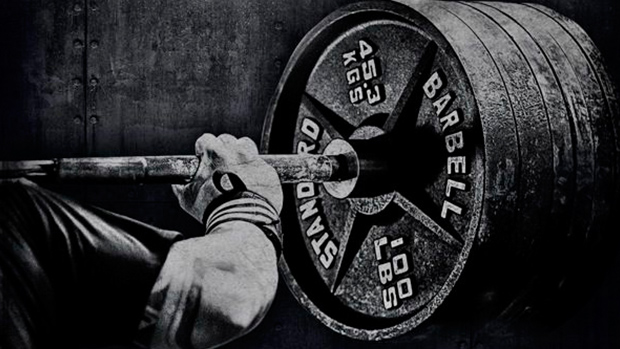
So you may be thinking: “What do I need to do to help me reach my fat loss goals?”
Well, I will tell you.
You need to focus on strength training 100%.
Now, why do you think this is important?
Holding onto as much lean tissue (muscle) as possible is one of the most important things you can do during a calorie deficit and the best way to accomplish this is through, you guessed it, strength training!
Your #1 goal should be to hold onto as much muscle as possible. If you are adding massive amounts of volume to your training (doing more cardio or increasing reps on a continuous basis), this will be a perfect way to lose those GAINS!
So what is your solution?
Make sure you add in traditional strength work into the mix. Heavy loads of 4 to 8 reps per set will keep you strong and provide the stimulus your body needs to keep muscle.
Don’t just lighten up the weight and focus on reps of 15-20 so you can feel the burn; this does not mean you are losing fat. Make sure you incorporate different rep schemes across the spectrum to get the benefits of each.
Strength train with the specific intent to gain strength. I know that sounds a bit crazy to have to tell you, but this is actually quite often taken for granted. Not only is traditional strength training the most efficient way to promote fat loss, but it is crucial to prioritize on your fat loss journey because it will help build and/or maintain muscle mass, keeping your metabolism cranking and helping you build that lean, “toned” look that most people are looking for.
If you aren’t strength training, when you lose fat you will most likely end up a smaller version of yourself with a less than efficient metabolism.
The biggest bang-for-your-buck exercises to do this with are variations of squats, deadlifts, single leg movements, pushing exercises (push ups, press variations), pulling exercises (chin ups, row variations) and loaded carries (farmer’s walks).
If you follow a full body training program built around lifting heavy in those categories, you’ll be amazed at how well your body responds. When planning your weekly workouts, prioritize strength work first, then cardio or conditioning, based on the time you have available; or you can do your conditioning work on opposing days to your strength training.
Hope this helps,
-Scott



